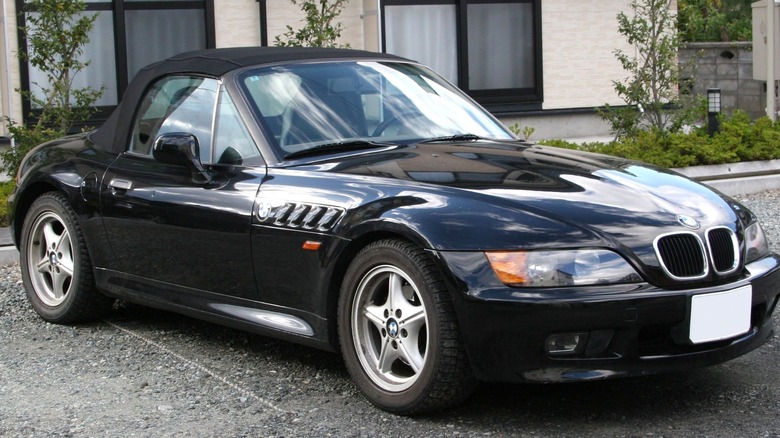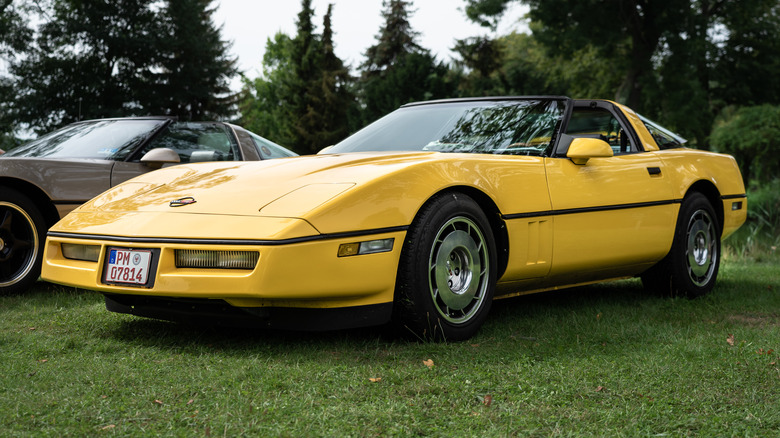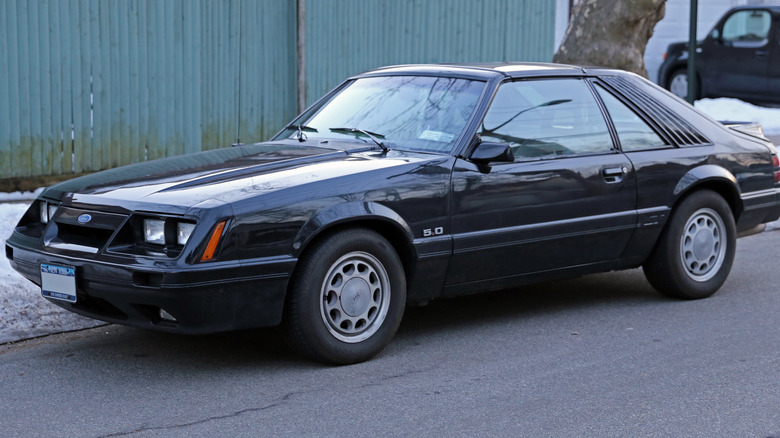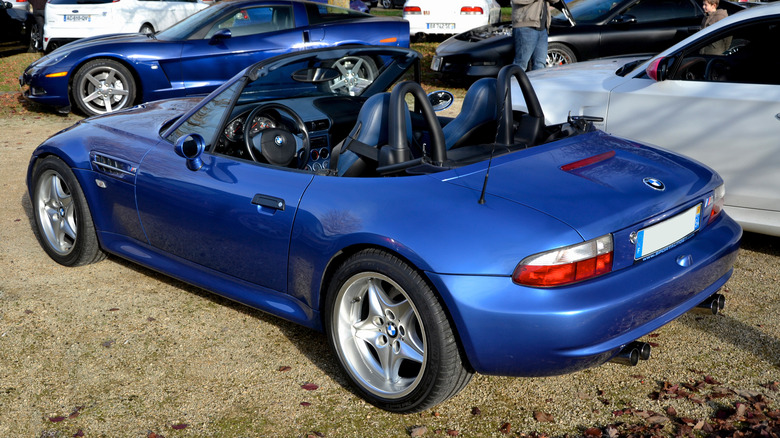4 Classic Cars That Are Surprisingly Fuel Efficient
Classic cars are desirable for their timeless styling, fun-to-drive nature, and pure curb appeal. Corporate Average Fuel Economy Standards didn't appear until a 1975 Congressional mandate, though, so some older models are notoriously gas-thirsty.
Through about that same point, cars were made of heavier metals like steel and iron and were often powered by large V8 engines. For example, the 1964 Pontiac GTO, a true muscle car classic, got a woeful 10.7 miles per gallon of combined fuel economy, according to Automobile Catalog. That same site rates the 1973 Lincoln Continental at a half mile per gallon worse than that, although the Continental outweighed the GTO 5,064 pounds to 3,470 pounds.
Not all classic cars consumed fuel at such a ridiculous pace, though. There are several models dating back decades that deliver an exciting driving experience without requiring you to stop at a gas station every time you back out of your driveway.
[Featured image by TTTNIS via Wikimedia Commons | Cropped and scaled | Public Domain]
1985 Corvette
The Chevrolet Corvette has been around for eight generations, earning a well-deserved reputation for performance since its 1953 debut. The 1975 Corvette got a wallet-unfriendly 8.23 miles per gallon, according to owners who reported data to Fuelly from nearly 33,000 miles of driving.
By a decade later, that figure had improved to 18 miles per gallon, an increase of more than 100%. The 1985 model didn't make that dramatic gain at the expense of performance, though; it could get from 0-60 in 5.7 seconds, more than three seconds faster than its older brother.
That increase was largely credited to the 1985 model's electronically controlled tuned-port fuel-injection system, which used a series of sensors and computers to meter fuel directly into the intake manifold based on driving and atmospheric conditions.
The Corvette has gotten even more sophisticated and efficient since then, while becoming substantially more powerful. Chevrolet boasts a combined fuel economy of 19 miles per gallon for the 2024 Stingray, which can hustle from 0-60 in under three seconds.
1986 Ford Mustang GT
The Ford Mustang is another model that is known more for its performance than its efficiency. Owners report to Fuelly that they have covered less than 13 miles per gallon over nearly 200,000 miles in the 1966 Mustang, which was powered by either a 200-cubic inch I-6 or one of three versions of a 289-cubic inch V8. But by 1978, the V6-powered Mustang got a respectable 22 combined miles per gallon.
The most potent engine option for the 1978 Mustang was the 5.0-liter (302-cubic inch) V8 that got 19 miles per gallon combined yet could still get from 0-60 in just a little over nine seconds. That might not seem terribly impressive by Mustang standards, but the requirement that all cars have catalytic converters by 1975 dinged the performance of most cars on the market.
By 1986, the Mustang's oomph was back but it could still manage a respectable fuel economy number. That year's Mustang GT with the 5.0-liter V8 got a combined 18 miles per gallon and could get from 0-60 in 6.8 ticks of the stopwatch. That was a shade faster than that year's Corvette, which managed about 20 miles per gallon of combined fuel economy.
[Featured image by Mr.choppers via Wikimedia Commons | Cropped and scaled | CC-By 3.0]
BMW Z3 M Roadster
The BMW Z3 is another car that doesn't exactly scream "miserly fuel gulper" at first glance. The aggressively styled roadster was introduced for the 1996 model year and hung around through 2002. Filmgoers got a sneak peek of the car in the 1995 James Bond flick "GoldenEye," which starred Pierce Brosnan as 007 and Dame Judi Dench as M.
The earliest Z3s shared their suspension design with the E36 and E30 3 Series and were powered by a 1.9-liter I-4 that made a modest 138 horsepower. Beginning in 1997, BMW offered a 2.8-liter I-6 in the standard issue Z3 and a more powerful M version of the Roadster with a 3.2-liter I6 that made 240 horsepower. The Z3 M Roadster could sprint from 0-60 in 5.6 seconds, yet still managed to get about 17.4 miles to a gallon, according to Automobile Catalog.
The European version was even more potent, with its 320-horsepower six-cylinder. That car was capable of a 4.5-second 0-60 time and still delivered more than 21 miles per gallon of combined fuel economy.
[Featured image by Alexandre Prévot via Wikimedia Commons | Cropped and scaled | CC-By 2.0]
1987 Toyota Supra Turbo
The Toyota Supra debuted for 1979 as a submodel of the Celica that replaced the base Celica's inline four-cylinder engine with a 2.6-liter, 110 horsepower straight-six. The next year, an additional 200-cubic centimeters and seven horsepower were added to the Supra's power plant, and when the second-generation Supra appeared in 1982, its 2.8-liter I-6 could produce as much as 178 horsepower. The Supra was next updated late in 1986, becoming a standalone model and getting a 3.0-liter I-6.
Toyota bolted a turbocharger on that engine beginning in 1987, upping power output to 232 horses. A more potent version was available for Japanese market buyers, but the stateside Supra Turbo was plenty formidable.
Car and Driver tested it at 6.4 seconds from 0-60, despite a curb weight of 3,581 pounds. That performance was comparable to that of the contemporary Corvette and Mazda RX-7 and didn't come at the expense of fuel economy. The EPA rated the 1987 Supra Turbo at 18 miles per gallon combined, a decent number for a model that fell squarely in the sports car segment.




